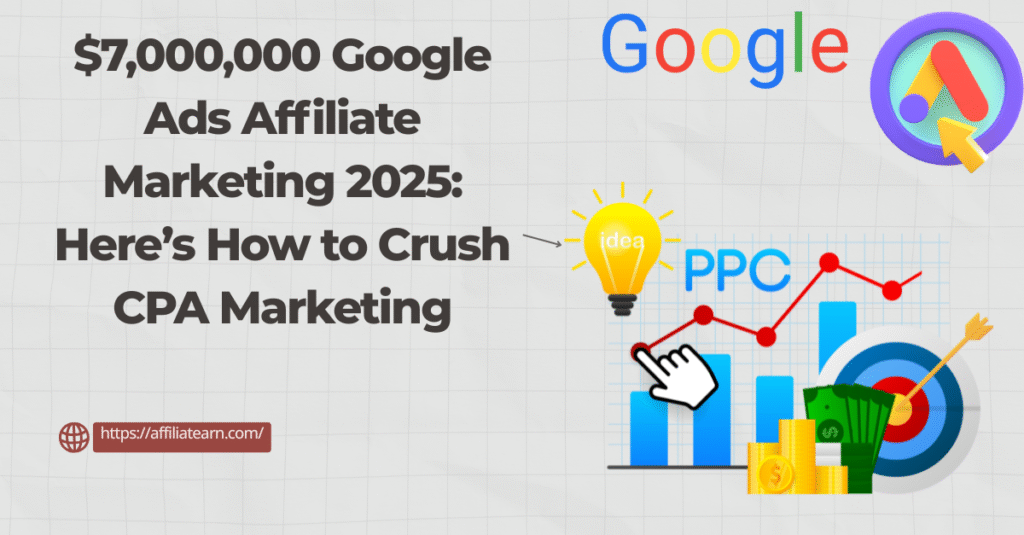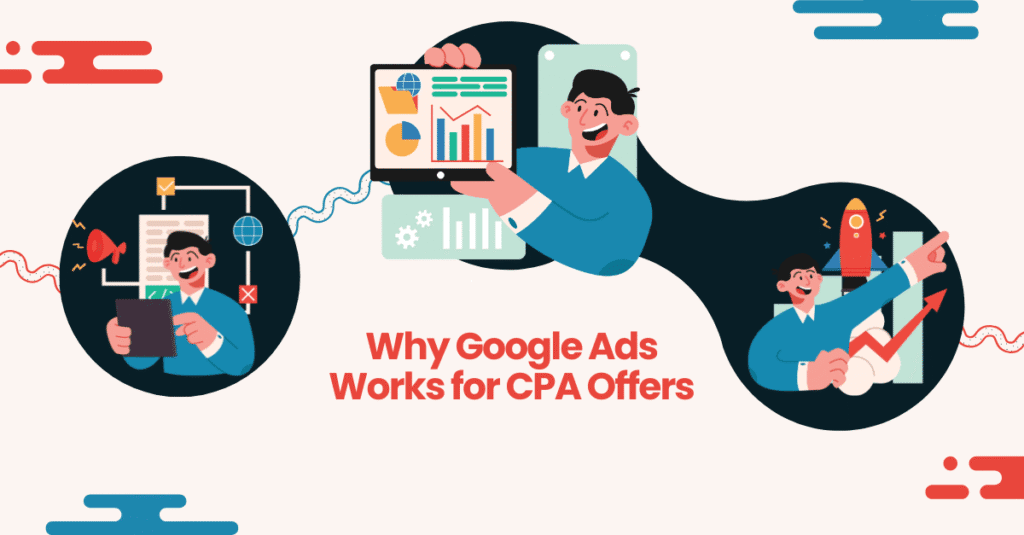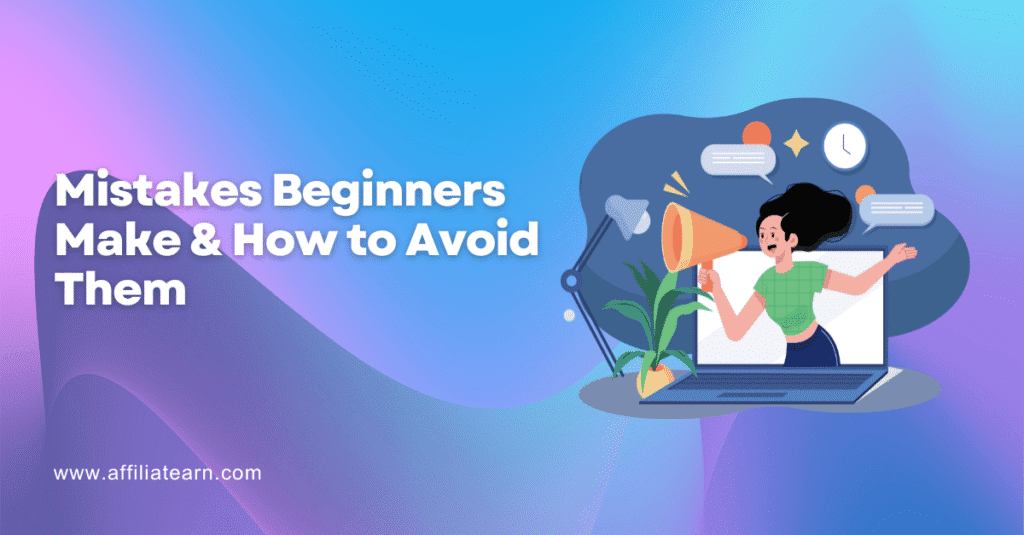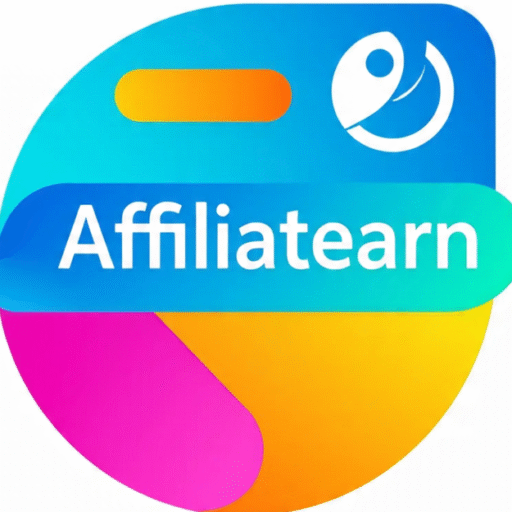$7,000,000 Google Ads Affiliate Marketing 2025: Here’s How to Crush CPA Marketing

Introduction
Over time, affiliate marketing has undergone significant shift. Cost Per Action (CPA) marketing is one of the industries with the quickest rate of growth in 2025. CPAs allow you to get paid each time a customer completes a basic task, as opposed to marketing goods for a meager commission. This may be downloading an app, completing a form, or registering for a free trial.
The results can be enormous when you combine Google Ads’ power with CPA offers. Prominent affiliates have stated that their efforts have generated millions of dollars. You don’t need a large audience or years of experience to get started with the correct approach. You require consistency, astute testing, and a well-defined approach.
This article breaks down how affiliates scale CPA campaigns with Google Ads in 2025. You’ll learn what CPA marketing is, why Google Ads is a strong traffic source, and the steps you can take to move from beginner to profitable campaigns.
What CPA Marketing Is
CPA marketing stands for Cost Per Action. In simple terms, you get paid whenever a person takes a specific action through your affiliate link. Unlike traditional affiliate programs where someone must buy a product, CPA offers often pay for smaller actions.
Some common CPA examples include:
A visitor signs up for a free newsletter.
A user installs a mobile app.
A potential customer fills out an insurance quote form.
A person registers for a free trial of a service.
Why does this matter for you? Because these actions are easier to achieve than a full product purchase. That means higher conversion rates and faster commissions.
Networks like MaxBounty, ClickDealer, and CPAlead host thousands of offers. Some pay $2 to $5 per lead, while others pay $50 or more for high-value actions like financial services.
When paired with Google Ads’ ability to target high-intent searchers, CPA marketing becomes a serious opportunity. People who are already looking for solutions type their needs directly into Google. If your ad matches that intent and drives them to the right landing page, you earn money each time they act.
Why Google Ads Works for CPA Offers

Google Ads remains one of the most powerful advertising platforms for affiliate marketers in 2025. The reason is simple: intent-driven traffic. People go to Google because they want something. They type a keyword, click an ad, and take action. For CPA marketing, that action often lines up perfectly with what you’re paid for.
Here are the main reasons Google Ads is such a strong fit for CPA offers:
1. High buying intent
Unlike social media users who are scrolling for fun, Google searchers are active. If someone types “best car insurance quotes 2025” or “download budgeting app free,” they are already interested. Your ad doesn’t have to convince them to want something—it only has to connect them to the right solution.
2. Laser-focused targeting
With Google Ads, you choose exactly who sees your offer. You can target by:
Keywords people search.
Location, down to city or zip code.
Device type, like mobile vs. desktop.
Age, gender, or income brackets (depending on the niche).
This targeting reduces wasted ad spend and increases the chance that your clicks turn into CPA conversions.
3. An expandable source of traffic
Every day, Google handles billions of queries. Scaling is easy if one campaign is successful for you; increase your budget, broaden your keyword list, or target new areas. Google has almost infinite reach after you’ve validated your funnel, unlike lesser platforms.
4. Extensive analytics and tracking
Every click, impression, and conversion is tracked by Google Ads. You may identify the exact landing page, keyword, or advertisement that is bringing in money for you by combining this with affiliate tracking tools. What separates effective $7,000,000 advertisements from guesswork is this data-driven approach.
5. Flexibility with ad formats
Google Ads isn’t only about text ads anymore. You can run:
Search ads (classic, keyword-based).
Display ads with banners on partner websites.
YouTube video ads.
Discovery ads that show up in Gmail and Google feeds.
Different CPA areas can benefit from each format. For instance, search advertising are frequently effective for offerings related to health and finance, whereas YouTube pre-roll ads may be more effective for app installs.
To put it briefly, Google Ads provides affiliates with the ideal balance of control, volume, and intent. When done properly, it’s one of the quickest ways to use CPA marketing to consistently provide leads.
5 Core Steps to Crush CPA with Google Ads
It takes more than luck to succeed with CPA marketing. It boils down to testing, scaling, and adhering to a procedure. The top affiliates’ five strategies for expanding successful campaigns in 2025 are listed below.
Step 1: Select the appropriate CPA offer
Not all CPA offers are compatible with Google Ads. Filter offers first using:
Strong demand: People are already searching for it (finance, health, education, software, mobile apps).
High payout vs. competition: A $2 payout won’t cover expensive Google clicks. Look for offers that pay at least $20+ unless traffic costs are very low.
Quality of landing pages: Examine the merchant’s webpage. Is it quick to load? Is it convincing and clear? Conversions will suffer otherwise.
For example, online learning programs, mortgage estimations, and insurance are significant subjects with high payouts and strong intent.
Make a simple landing page in step two. You need a bridge page, which is a simple webpage that attracts visitors before guiding them to the offer, because Google Ads dislikes direct links to affiliate links. Your landing page need to: Fulfill the promise made in the headline of your advertisement; Use one clear call-to-action (e.g., “Get Your Free Quote” or “Download Now”).
Be responsive to mobile devices and load in under three seconds.
Tools like WordPress, Unbounce, or Instapage will make this procedure simple for beginners.
Step 3: Do smart keyword research
This is where most affiliates fail. Don’t just target broad keywords like “insurance.” Those clicks are expensive and too general. Instead:
Make use of long-tail keywords: “best student auto insurance quotes” is less expensive and has a higher conversion rate.
Include negative keywords: Block pointless searches that don’t convert, such as “jobs” or “reviews.”
Monitor keyword performance on a weekly basis and eliminate those that are wasting money.
For instance, if your CPA offer pays $50 for a lead and you receive 100 clicks at $1 per, but only three of those leads convert, you would have made $150 out of $100. Profit is what that is.
Step Four: Execute and assess ads
Begin with a modest test budget of $20 to $50 per day. Make a minimum of two or three ad variations with distinct headlines and descriptions. See how each does.
Effective ad copy consists of:
The main keyword in the headline.
A clear benefit in the description.
a call to action (Sign Up in 2 Minutes, Get a Free Quote, etc.).
Advice: Continue testing minor adjustments. Your conversion rate can occasionally quadruple with only one word in the headline.
Step 5: Scale and optimize
Increase your budget gradually when you’ve discovered a successful keyword, ad, and landing page combination. Increase the daily rate from $50 to $100 and then $300. Pay close attention to your ROI.
At this stage you can:
Expand to more keywords in the same niche.
Try Google Display or YouTube ads.
Run campaigns in new regions or countries.
This scaling process is how small campaigns turn into six or seven-figure businesses.
Mistakes Beginners Make & How to Avoid Them

Many affiliates jump into CPA marketing with Google Ads and lose money fast. The good news is most mistakes are avoidable if you know them upfront. Here are the most common ones:
1. Disregarding the landing page
Direct connection rarely works. Google regularly rejects these ads, and conversion rates are poor even when they do appear. Make use of a bridge page that provides value, clarifies the offer, and prepares the visitor to act.
2. Targeting the wrong keywords
Broad, expensive keywords eat budgets. A beginner who bids on “insurance” might spend hundreds with no conversions. The fix is to research long-tail keywords that show clear intent, like “cheap student car insurance quotes.”
3. Ignoring negative keywords
Without negatives, your ads show for irrelevant searches. If you promote a loan CPA offer, you don’t want clicks from people searching “loan officer jobs.” Always build and update a negative keyword list.
4. Failure to monitor conversions
What you don’t measure, you can’t improve. Instead of connecting Google Ads to their affiliate network tracking, many novices rely solely on clicks. Always monitor conversions to see which keywords and advertisements generate revenue.
5. Giving up too soon
The majority of successful affiliates don’t get lucky right away. Until something works, they experiment, adjust, and improve. After paying $50 with no return, beginners frequently give up. Patience, data, and minor tweaks are necessary for true success.
6. Excessive scaling
Budgets that are suddenly doubled or tripled might ruin performance, even in campaigns that are successful. As you expand, keep testing and progressively increase spending.
7. Overpromising in ads
Google Ads policies are strict. Don’t use “get rich quick” claims or misleading copy. This can get your account banned. Keep your ad copy honest and compliant with Google’s terms.
How to steer clear of these errors:
One variable at a time, start small.
Always keep an eye on data, and make decisions based on the facts rather than conjecture.
Make sure your advertisements lay the groundwork for future expansion. Landing pages provide something useful.
You can safeguard your ad account, save money, and lay the groundwork for future expansion by staying clear of these typical pitfalls.




